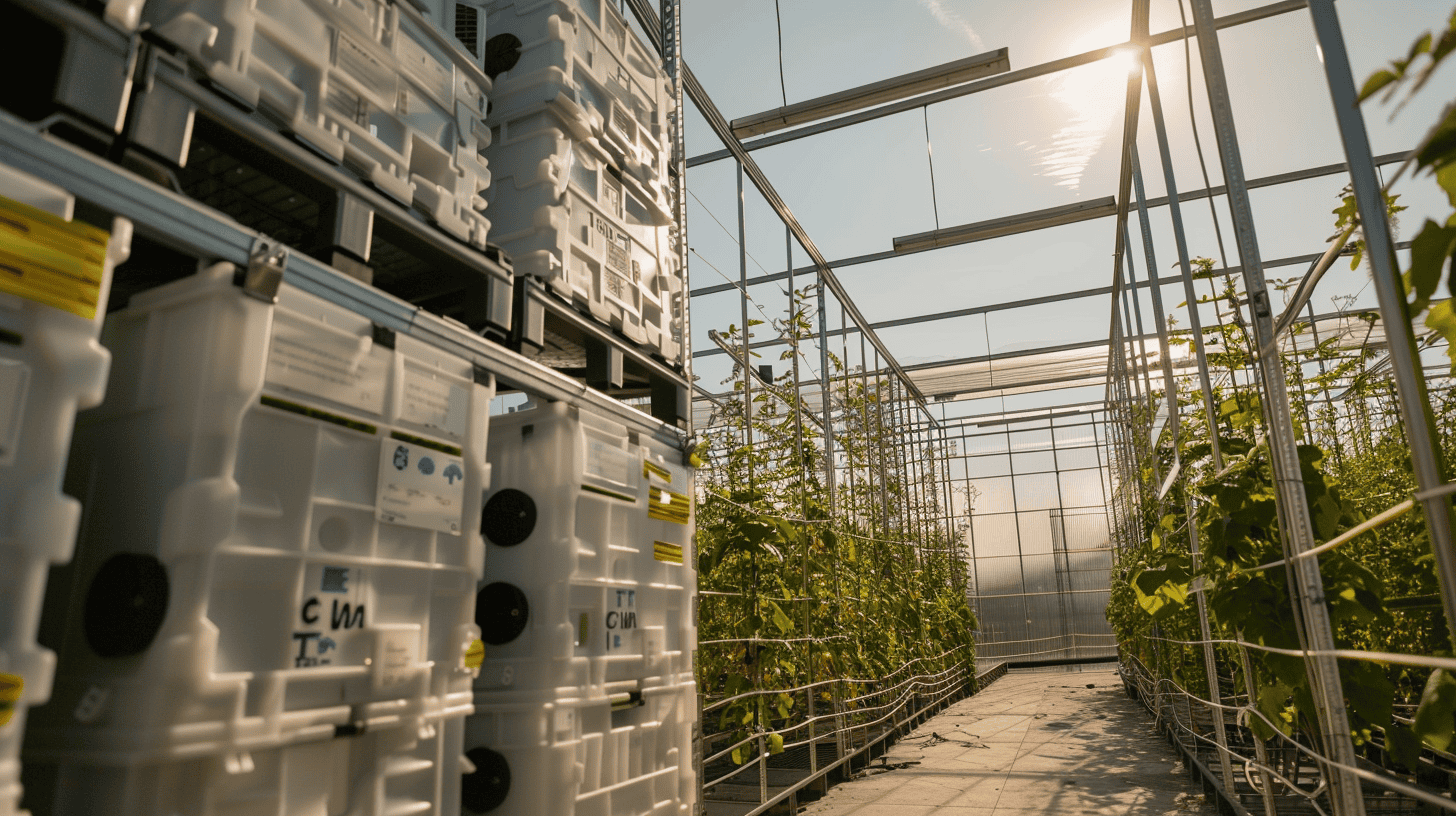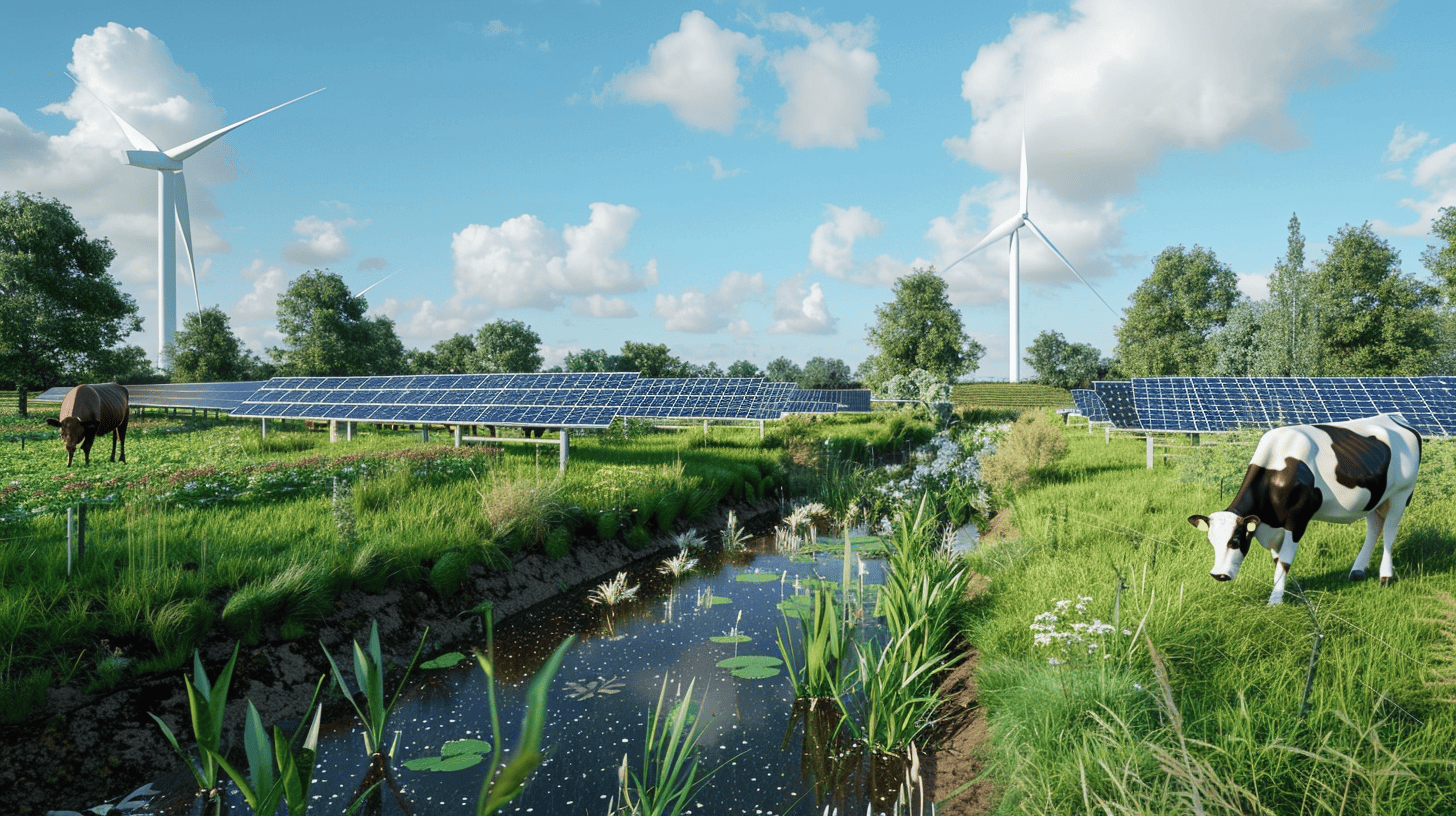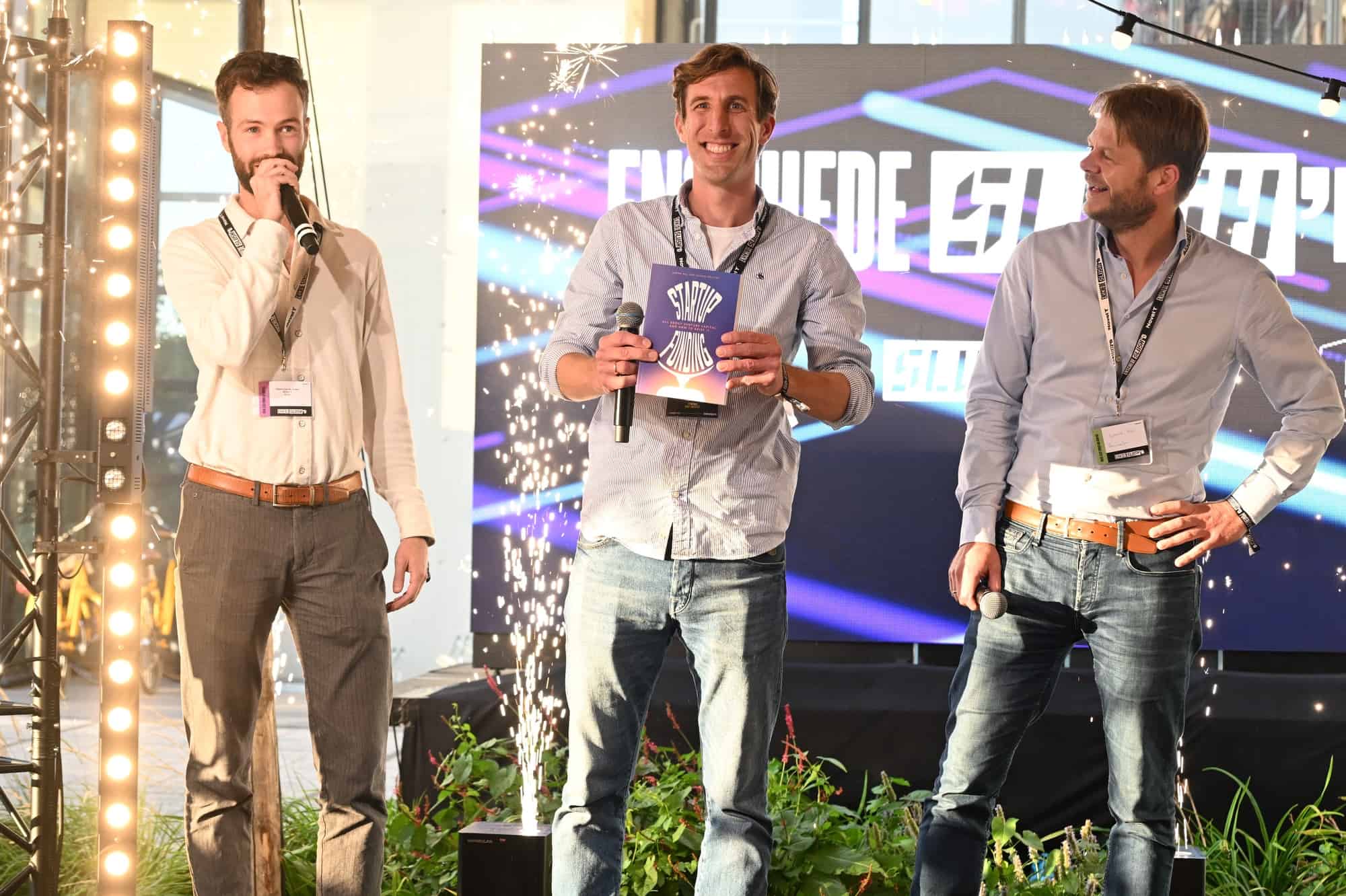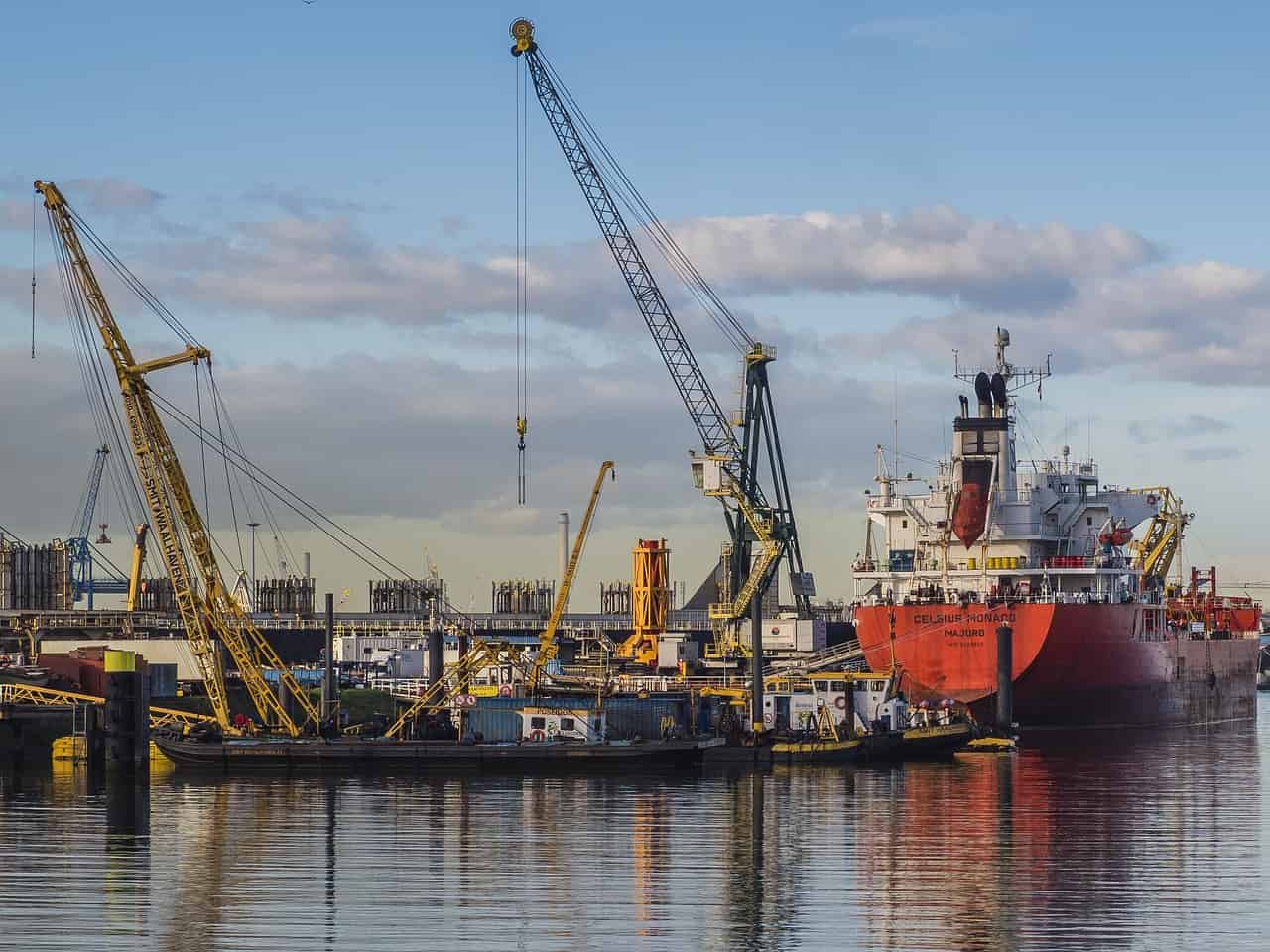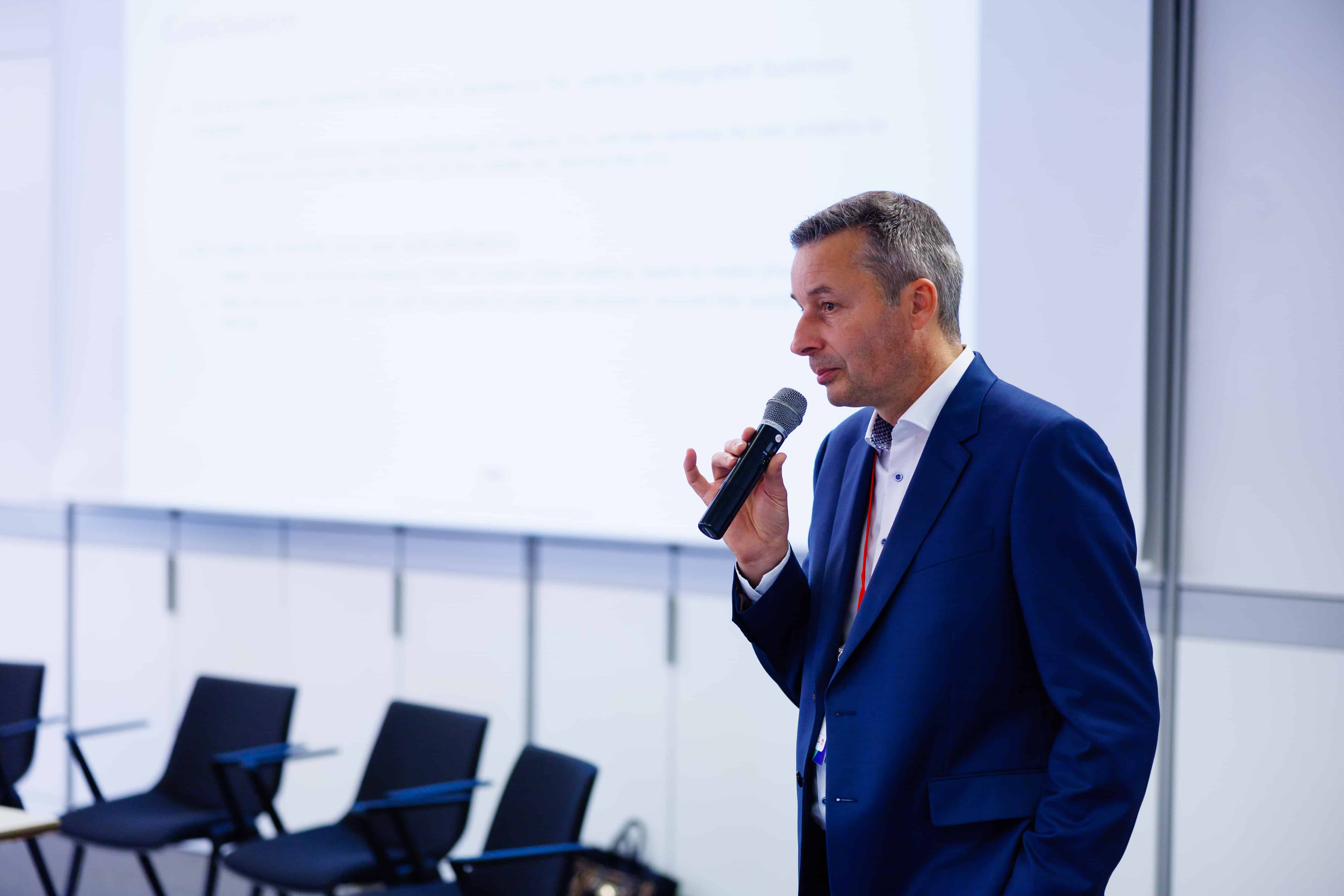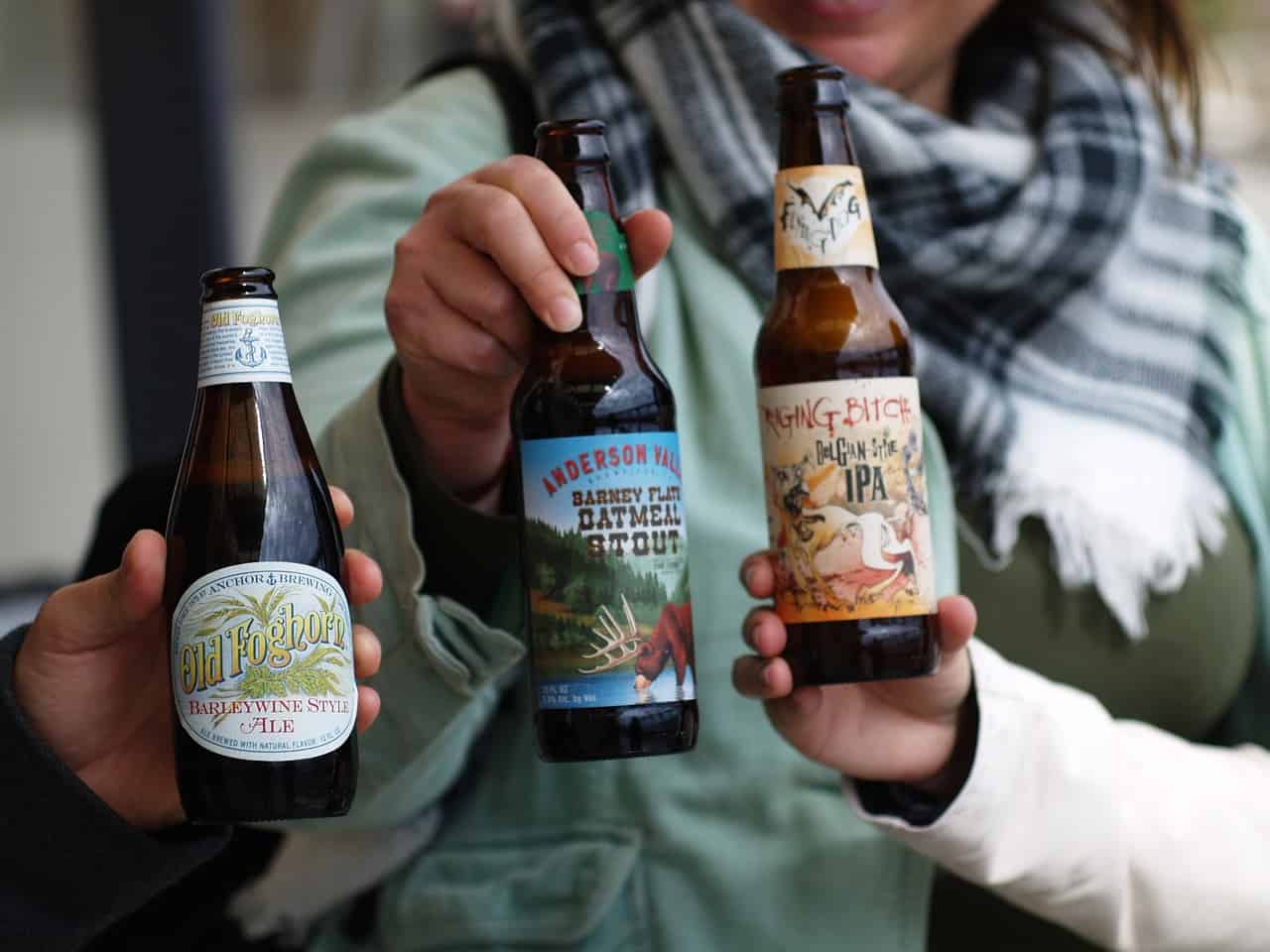
Ah, the simple pleasure of savoring a specialty beer without a worry in the world—truly lovely. At the same time, the brewing industry itself does worry, about the sustainability of the brewing process. Currently, it is not an option for small breweries to capture and reuse their carbon emissions during the process. That is where start-up BrewRight comes into the picture, founded by three enthusiastic master students from Wageningen University & Research (WUR). “Eventually, we also want to serve wine and kombucha makers,” says Yoni Mol, co-founder of the company.
Craft beer is unprecedentedly popular in the Netherlands. By 2028, the craft beer market will increase by ten percent compared to 2020. Positive news, then, for the brewing sector. At the same time, the sector faces the major challenge of sustainability. This is because a large amount of CO₂ is emitted during the beer brewing process, which goes against the increasing focus on a carbon-free Europe. Recently, the European Parliament gave the green light to a new law banning ‘greenwashing’: the misleading advertising of environmental friendliness on products. Breweries must also become transparent about their emissions.
Why you need to know this:
All companies within the EU, big or small, need to become sustainable in the long run. BrewRight has come up with a great solution for smaller breweries so they can join the transition.
CO₂ capture and reuse
Carbon capture systems already exist for large breweries from 300,000 hectolitres a year, but they are large and therefore not suitable for smaller breweries. BrewRight is now coming up with a solution for microbreweries with an annual production of 500 to 10,000 hectolitres.
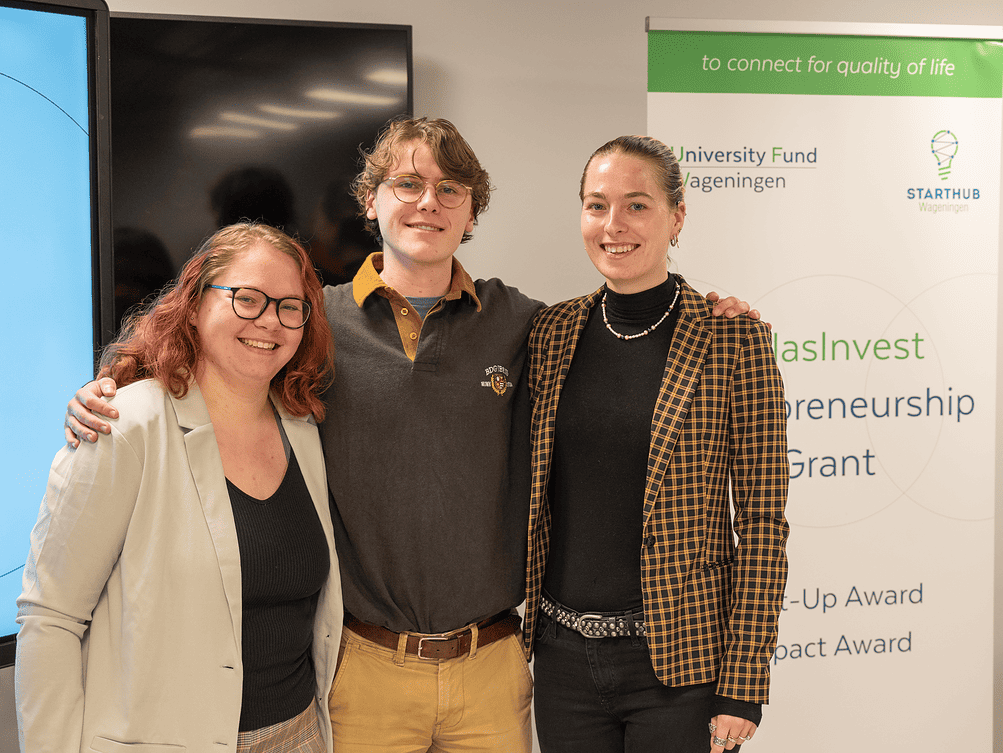
Mol: “During the brewing process, sugar is converted into alcohol. In the process, CO₂ is released. A few steps further in the process, the beer is carbonated, which in turn requires CO₂. Breweries buy this externally, and this CO₂ often comes from fossil sources. We will capture CO₂ on site, so that breweries can reuse it in their own process. If we serve half of the Dutch, Belgian and West German markets, that amounts to capturing 15 tonnes of CO₂ per year. We want to achieve this by 2030.”
Although the company officially registered last year, the idea originated two years ago. “When we met during a trade called New Venture Creation,” Mol explains. “We were tasked with developing a business case. The original idea was to capture CO₂ in breweries for reuse in greenhouses, but during the project we realized that it actually made much more sense to keep the CO₂ within the company. We were very excited and decided to take our idea to market.”
Currently, BrewRight only focuses on beer breweries. “Eventually, we also want to be able to help wine and kombucha makers. They use a similar fermentation process, so it’s a logical next step. If everything goes according to plan, we will have a working prototype within a year.”
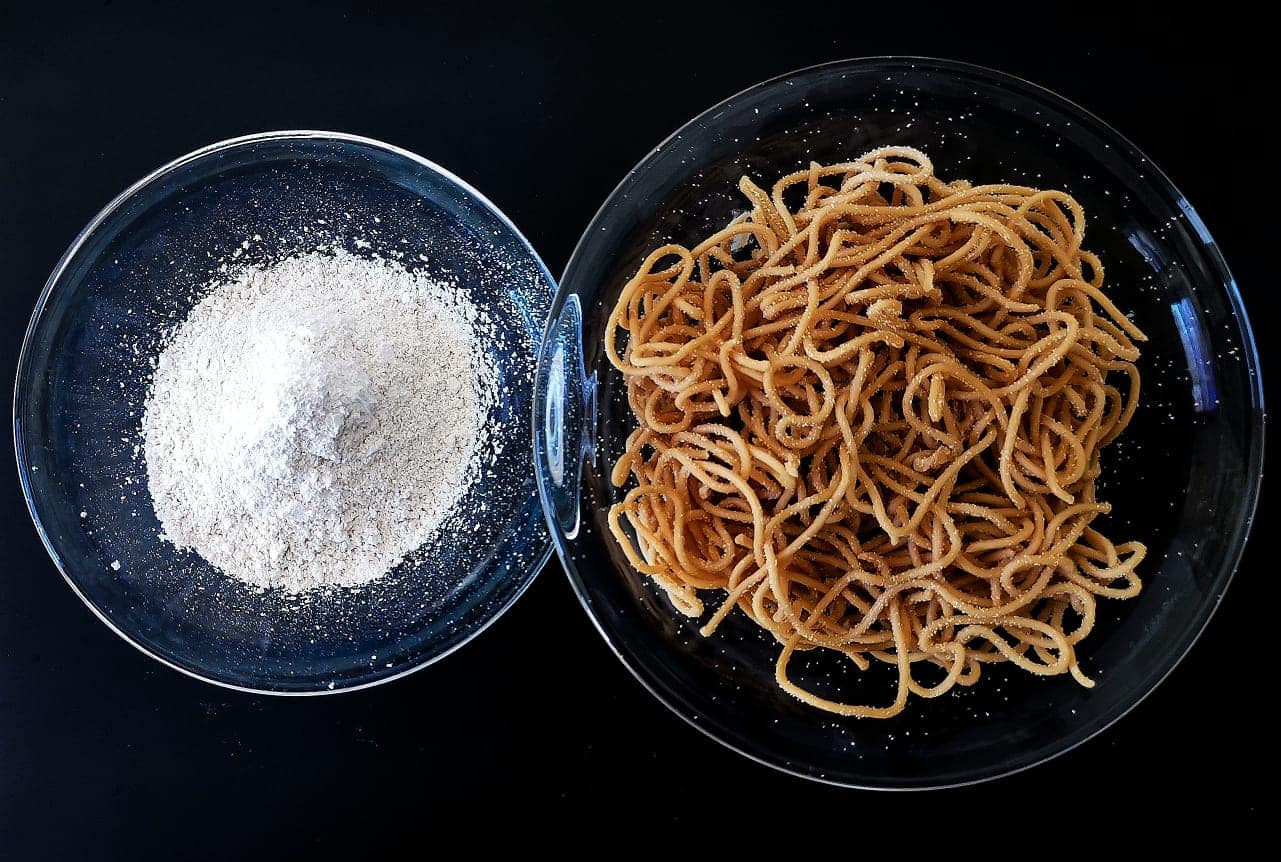
Collaborating with breweries
First, a lot of research is needed, for instance on which capture technique works best. Mol: “We work together with breweries, such as the Gooische Bierbrouwerij, and monitor which gases are released during the brewing process and in what quantities. Carbon capture is a broad term. You have as many as ten different types. However, most of them are not suitable for our application. ‘Normal’ systems (Direct Air Capture) extract CO₂ from the air, but there is only one per cent CO₂ in it. We work with a gas stream that contains more than 50 per cent CO₂. For us, it’s all about removing the other gases correctly. In the coming time, we will figure out how to do that.”
Gijs Troost, owner of the Gooische Bierbrouwerij: “I think it’s a shame that we lose a lot of ‘green’ CO₂ from fermentation, only to have to buy fossil CO₂ again for the follow-up process. We would like to reduce our emissions. Many breweries opt for a nitrogen generator to add carbon dioxide to the beer. But in doing so, a lot of carbon dioxide gas is lost, which in principle can still be put to good use. Moreover, nitrogen can also change the quality of the beer.”
Until recently, the Gooische Brouwerij did not consider sourcing carbon dioxide a significant problem. “But when the war in Ukraine started, there was an explosion in the price of natural gas, and therefore also of carbon dioxide. Moreover, it was no longer always available. BrewRight’s capture system therefore seemed to us to be the perfect solution.”
Big and small
“If we want to make the transition to a sustainable world, all players must be able to join in, big and small,” Mol adds in conclusion. “Microbreweries might emit less than the big guys, but if we add it all up, we can make a big difference with our solution.”



